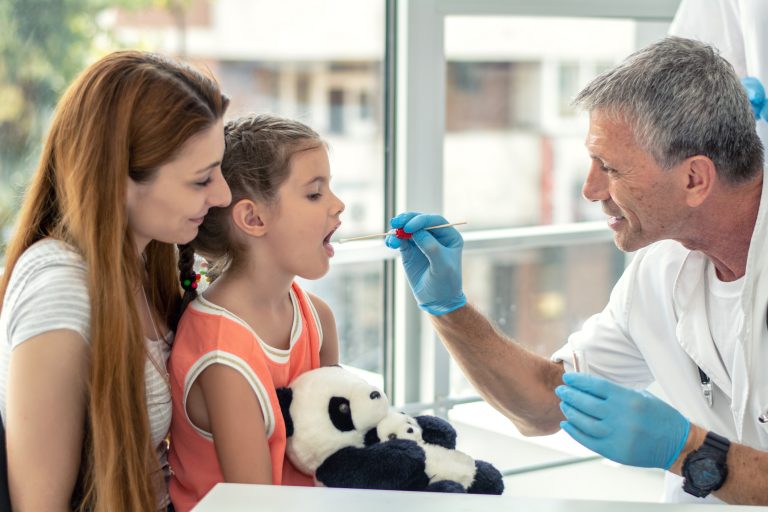
Testing someone’s saliva for certain micro (mi)RNAs after suspected concussion could help to give a more conclusive diagnosis than currently available tests, according to Penn State University researchers.
Concussion, or mild traumatic brain injury, is very common, particularly among young athletes. Accurate diagnosis is important for treatment and recovery and also because there can be long term side effects such as headaches, fatigue and difficulty concentrating that can be mistakenly attributed to other causes.
However, it can be difficult to diagnose accurately, as current methods rely largely on symptoms and neurocognitive testing. These can be subject to both physician and patient bias, for example, if a football player is keen to get back on the field. Therefore, a non-invasive, accurate biomarker test could be very beneficial.
In a quest to provide such a test, Steven Hicks, M.D., Ph.D., an associate professor in the department of pediatrics at Penn State College of Medicine, and colleagues assessed the potential of small, noncoding miRNAs from the brain in saliva to diagnose this injury.
“Analyzing microRNA profiles in saliva following a head trauma is a non-invasive way to test for concussion that can’t be influenced by a patient’s feelings or motives,” he explained.
These miRNAs are often packaged into small fatty particles around neurons, which can be released into saliva after even small neurological damage, such as might be experienced during concussion. The research team previously confirmed that levels of these miRNAs in saliva mirror those found in cerebrospinal fluid and that they change after concussion.
In this study, which is published in the journal Clinical and Translational Medicine, the researchers tested the saliva of 538 individuals between the age of 5 and 66 years, 251 of whom had a clinical diagnosis of mild traumatic brain injury. The other participants did not, but had a range of symptoms similar to those seen in patients with concussion such as anxiety and chronic headaches.
The study team first worked out a miRNA profile that differentiated those with concussion from those without. They then tested this model in a separate group of individuals with suspected concussion to assess whether the addition of miRNA testing to other standard tests, such as those involving balance and reaction time, could help improve the diagnosis of mild traumatic brain injury.
Using the area under the curve statistical test, the team found that the miRNA test was able to differentiate people with concussion from controls with an accuracy of 0.82 in the test set. In general, when using this statistical method to assess whether a test can discriminate from one outcome or another, 0.7-0.8 is thought to be acceptable, whereas 0.8-0.9 is excellent, and above 0.9 is exceptional.
“This method has lots of promising applications,” says Hicks. “A rapid, reliable diagnostic means that early, appropriate action can be taken to alleviate the symptoms of patients with concussions.”
Hicks is now working with a biotech company called Quadrant Biosciences to scale up the technology, test it on a larger scale, and hopefully develop a portable kit that can be used by non-experts to aid diagnosis of concussion in the future.













